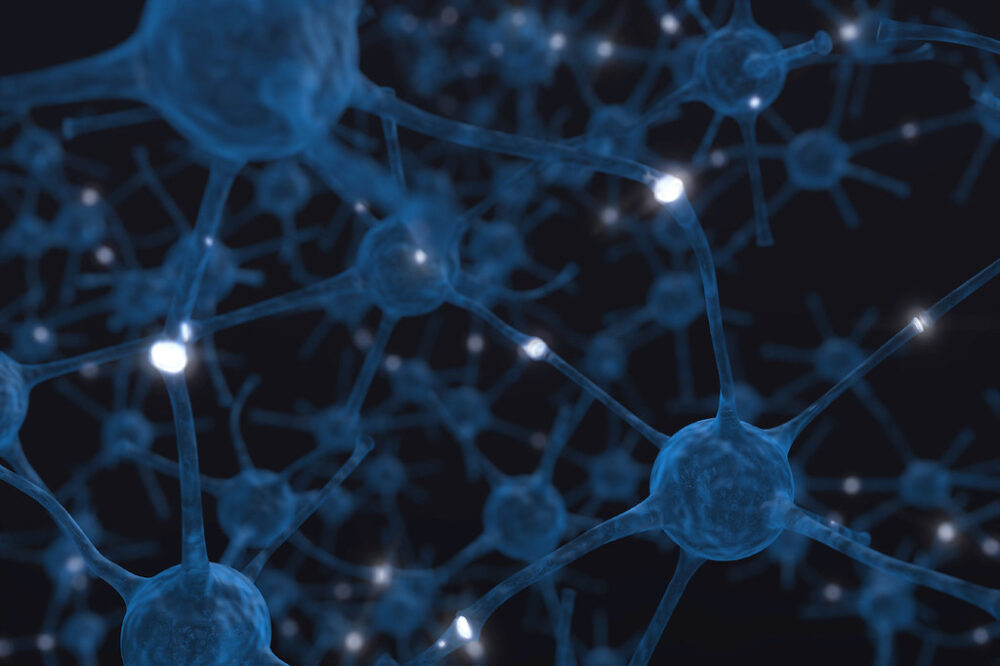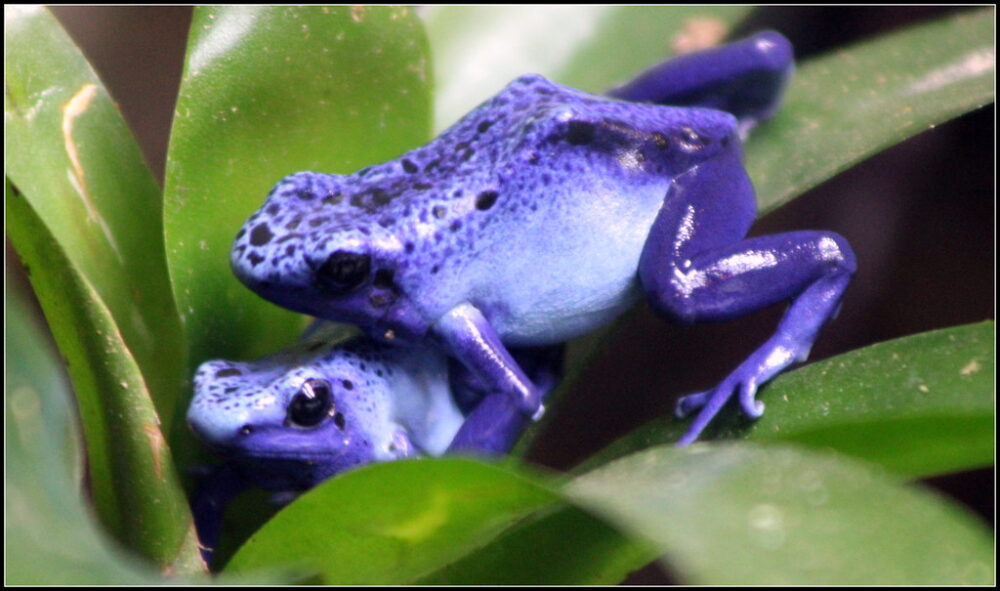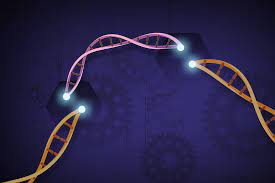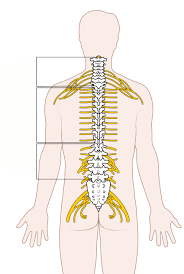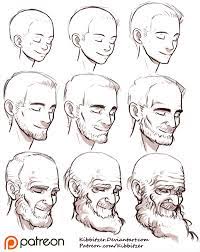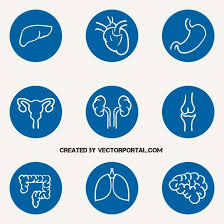Could fractals be the cure for Alzheimer’s disease?
Beginning signs of dementia and Alzheimer’s disease can start up to 18 years before a diagnosis ever occurs. In the almost two decades it takes to receive a diagnosis, so much damage has already taken place in the brain that treatment measures can only alleviate symptoms and extend life expectancy by a few years. But, […]
Could fractals be the cure for Alzheimer’s disease? Read More »
